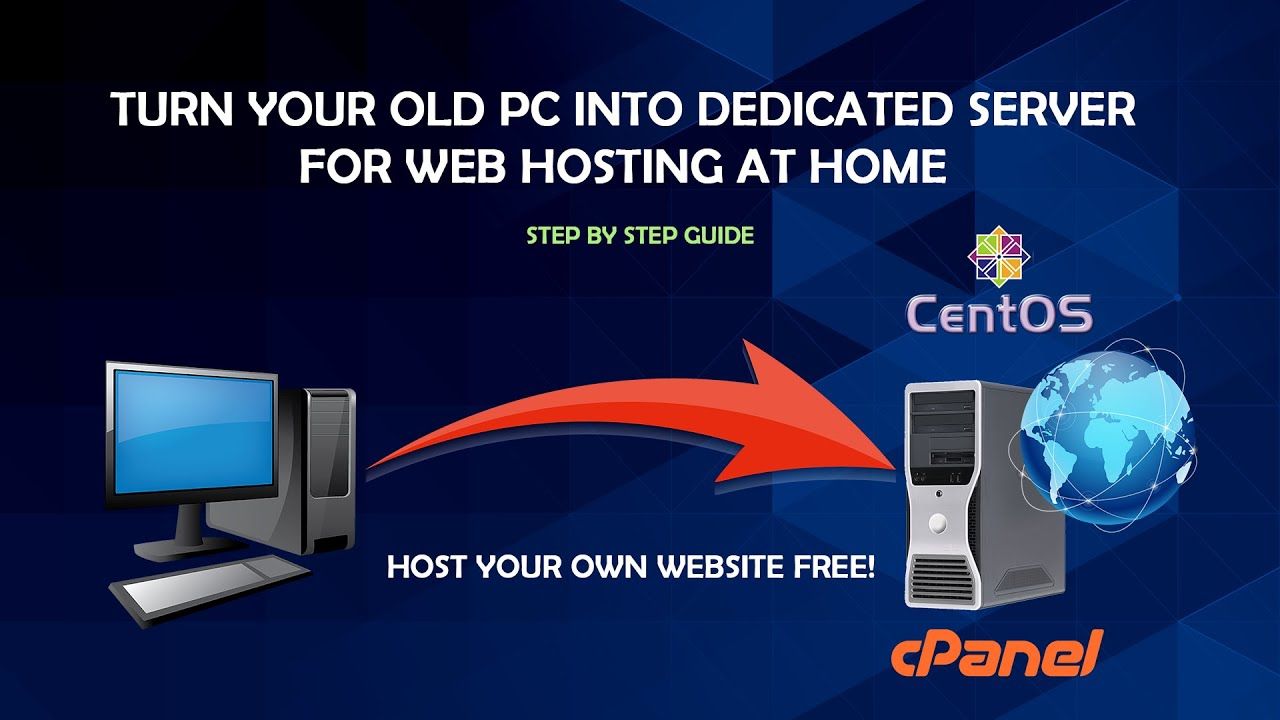Building a home server can be a great way to have more control over your data and services. Whether you want to host your own website, store files, or run a personal cloud, a home server can be a cost-effective and flexible solution.
Choosing the Right Hardware
When building a home server, it’s important to choose hardware that meets your needs. Consider factors such as processing power, storage capacity, and network connectivity. For hosting a website, you will need a reliable internet connection and potentially a static IP address. Make sure to research and invest in quality components that can handle the workload.
Setting Up Your Server
Once you have assembled your hardware, it’s time to set up your server. Install an operating system that is compatible with your hardware, such as Ubuntu Server or Windows Server. Configure your network settings, install necessary software, and secure your server with strong passwords and firewall settings.
Hosting Your Own Website
Hosting your own website on a home server can be a rewarding experience. Install a web server software like Apache or Nginx, and set up your website files. Register a domain name and point it to your server’s IP address. Configure your web server to serve your website and test it to ensure it’s accessible from the internet. Consider adding security measures like SSL certificates to encrypt data transmission.
Running Other Services
In addition to hosting a website, a home server can run a variety of other services. You can set up a file server to store and share documents, a media server to stream music and videos, or a personal cloud for accessing files from anywhere. Explore different software options and configurations to customize your server to your needs.
Backing Up Your Data
It’s crucial to regularly back up your data when running a home server. Set up automated backups to external drives or cloud storage to prevent data loss in case of hardware failure. Consider implementing a RAID configuration for redundancy, or use backup software to schedule backups of important files and databases.
Monitoring and Maintenance
Monitor your home server regularly to ensure it’s running smoothly. Use monitoring tools like Nagios or Zabbix to track performance metrics and alerts. Perform routine maintenance tasks such as updating software, checking disk space, and cleaning up unnecessary files. Stay informed about security updates and best practices to keep your server secure.
In conclusion, building a home server for hosting your own website and services can be a rewarding project. By choosing the right hardware, setting up your server correctly, and following best practices for security and maintenance, you can create a reliable and versatile server that meets your needs. Experiment with different configurations and software to customize your server and enjoy the benefits of self-hosting. Happy building!

